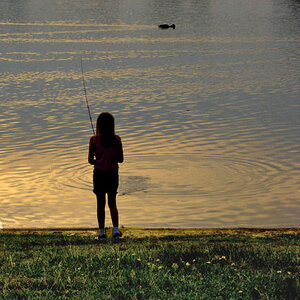- Joined
- Jun 8, 2010
- Messages
- 1,530
- Reaction score
- 762
- Location
- Texas
- Can others edit my Photos
- Photos OK to edit
I have been following some great senior portrait photographers on instagram and last night I was digging through the behind the scene photos trying to figure out one of the ladies lighting. She uses a reflector outdoors, either silver, gold (rarely it seems) and white. She places the subject either in shadow or with the sun behind them and uses the reflector for fill. So as I was looking through it, I was trying to figure out a pattern as to when it is appropriate to use the silver or the white side and couldnt. It seemed to go either way for similar situations. So my question, is there a specific time when you use one over the other? Or does it just depend on the amount of light thats available? Like if its super sunny, use the white and when its over cast or later in the evening use the silver? Ive used my reflector a handful of times and the last it was a failure due to very harsh light from the silver side. Any thoughts would be helpful


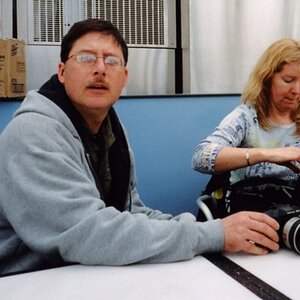
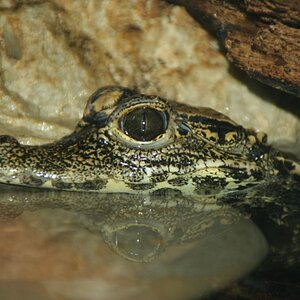
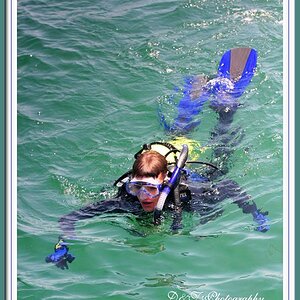
![[No title]](/data/xfmg/thumbnail/37/37524-6c51828efbc2361f9cfed53f63f28aa2.jpg?1619738130)
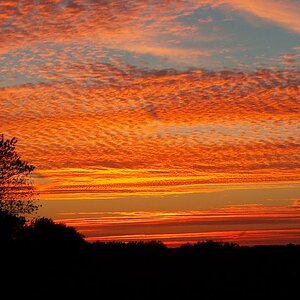
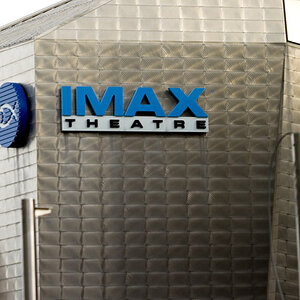
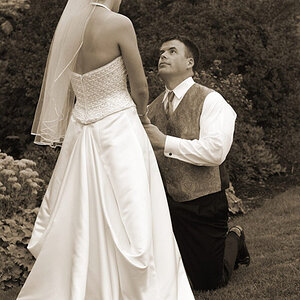
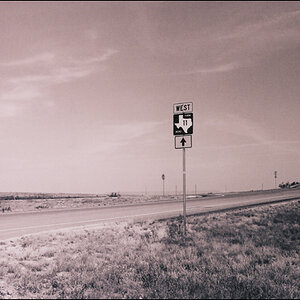
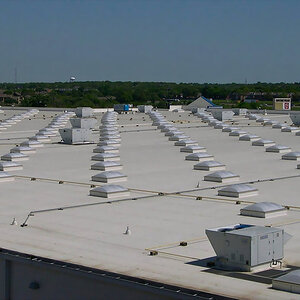
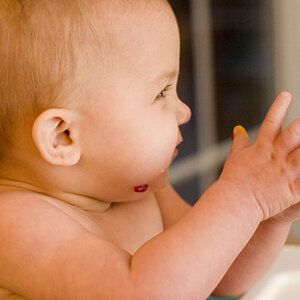
![[No title]](/data/xfmg/thumbnail/40/40412-73276feced223de99c761fc2cc279db5.jpg?1619739461)
